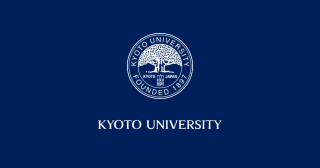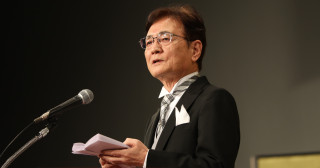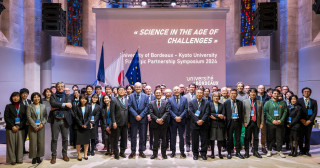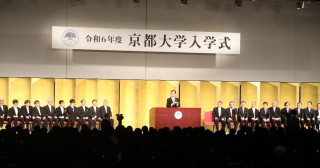The Kyoto University Museum is hosting an exhibition on Japan's medical history, entitled " I wa I nari: Inochi wo Mamoru Chi no Ayumi " ("Medicine is intention: the evolution of life-saving knowledge through history"), from 11 February through 12 April. The show is being held in conjunction with the 29th General Assembly of the Japan Medical Congress 2015 Kansai, organized by the Japanese Association of Medical Science (JAMS).
The phrase, "Medicine is intention", is an ages-old saying that has inspired generations of medical professionals and students in Japan, which conveys the view that medicine is a manifestation of an intention to heal. The exhibition follows the evolution of medicine from the Edo period (1603-1868) through the present day, highlighting the people behind notable developments, with an emphasis on local figures and their achievements. It also traces Japan's medical history from the Meiji period (1868-1912) onward, illustrating the changes that have occurred over time in the practice and education of medicine, nursing, and midwifery, as well as in drug development and clinical technology, before introducing the latest advances in medical research.
Covering a broad range of related topics, including theories of life and social security, the collection aims to provide a comprehensive picture of Japan's continuous "evolution of life-saving knowledge". Presented at a time when humanity is still faced with myriad medical challenges, this exhibition aims to encourage visitors from the general public and the medical community alike to reflect on the past and consider what remains to be done in order to build an environment where everyone can live a healthy life and raise children in a safe environment.
The exhibition was preceded by a preview event and reception, which were attended by a total of some 90 guests from within Kyoto University and elsewhere. After Professor Terufumi Ohno, Director of the Kyoto University Museum, delivered a welcome address, and Program-Specific Researcher Chigusa Nakagawa, who served on the exhibition committee for the General Assembly of the Japan Medical Congress, outlined the show structure and content, the guests toured the exhibition, intently examining the items on display to learn about the past and future of medicine, including the latest developments in iPS (induced pluripotent stem) cell research.
The reception, meanwhile, was held with Professor Akio Koizumi of the Graduate School of Medicine (vice-chairman of the General Assembly exhibition committee) serving as the master of ceremonies. Professor Emeritus Hiroo Imura (Chairman of the General Assembly), Professor Michiaki Mishima, Director of Kyoto University Hospital (chairman of the preparation committee for the General Assembly), Professor Kazuro Sugimura of Kobe University's Graduate School of Medicine (chairman of the exhibition committee for the General Assembly), and Dr Hiroshi Kosoto, Chair of the Japanese Society for the History of Medicine, each delivered a speech, before KU President Juichi Yamagiwa toasted the crowd, creating a warm and friendly atmosphere that pervaded the event.
The exhibition is accompanied by a lecture series, "Medical History Salon", presented over 10 weekends at the Museum.

From left: KU Hospital Director Mishima, President Yamagiwa, and Museum Director Ohno

From left: Professor Sugimura, Program-Specific Researcher Nakagawa, Professor Emeritus Imura, and Dr Kosoto, Chair of the Japanese Society for the History of Medicine

A panel advertising the exhibition, "I wa I nari"

A view of the exhibition

Another view of the exhibition





